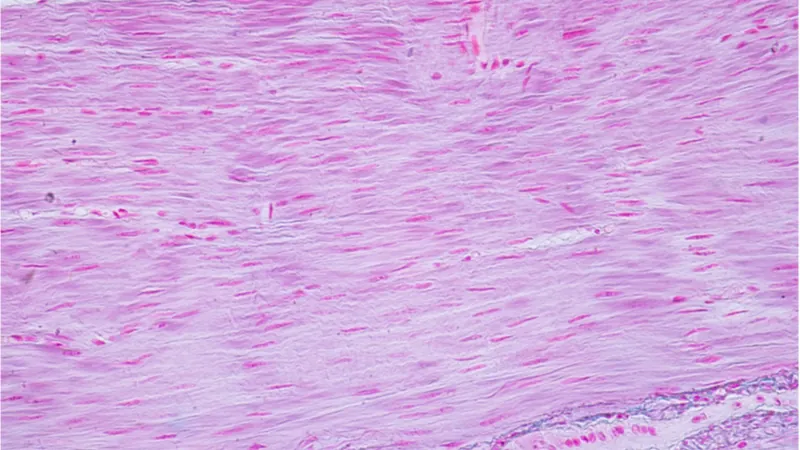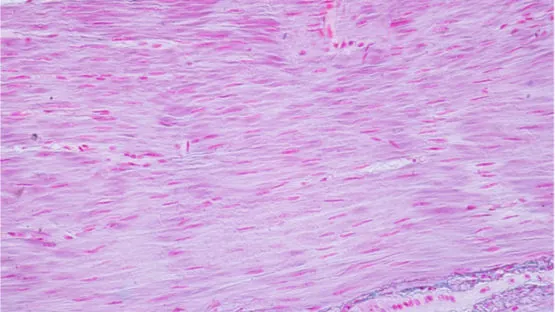Scientists have shown that insulin-like growth factor (IGF-1) mitigates age-related mitochondrial decline and cellular aging in cultured smooth muscular cells [1], although other studies paint a grimmer picture of IGF-1’s effects.
Mitochondrial decline and aging
Mitochondria, dubbed “the powerhouses of the cell” for producing the bulk of the energy that our cells need to operate, are particularly intriguing organelles. A widely accepted endosymbiotic hypothesis postulates that they descend from a prokaryotic creature that developed a symbiotic relationship with another single-cell organism, having been engulfed by it and survived.
Age-related mitochondrial dysfunction is a major hallmark of aging [2] and may even be, as we recently reported, one of the two distinct pathways to cellular death. Mitochondrial homeostasis is supported via two main mechanisms: mitochondrial biogenesis, the production of new mitochondria, and mitophagy, the removal of dysfunctional mitochondria. The efficiency of both processes declines with age, with mitophagy activity dropping significantly in older cells. This decline probably contributes to organismal aging as well.
IGF-1’s self-contradictory properties
IGF-1 is a hormone that plays an important role in childhood growth and promotes anabolism (the synthesis of biomolecules from smaller units). It affects cell growth, differentiation, and migration. As is often the case in cellular chemistry, IGF-1 has pleiotropic (multiple) and, at times, contradictory effects, including on aging. Experiments on numerous animal models have shown that lower IGF-1 levels increase lifespan [3]. On the other hand, human research has been yielding contradictory results, prompting the authors of one scientific paper to proclaim IGF-1 “the Jekyll and Hyde of the aging brain” [4]. IGF-1 is also known to promote cancer development by inhibiting apoptosis and stimulating cell proliferation [5].
The effect of IGF-1 on cellular aging is much less researched, but the hormone has been shown to promote the survivability of smooth muscular cells (SMCs). These cells line the inside of our arteries and, as such, are extremely important to our health in old age, when blood vessels become stiffer and more prone to damage. The current study attempted to elucidate the mechanisms behind the beneficial effect that IGF-1 seems to exert on SMCs’ survival.
It is known that the aging of arteries, including increasing arterial stiffness, happens in large part due to the mitochondrial damage to SMCs. On the other hand, several reports indicate that IGF-1 preserves mitochondrial function in vitro and in vivo [6]. The next step for the researchers was to suggest that IGF-1 may promote cellular health in SMCs by alleviating mitochondrial decline.
How does it work?
As their model, the scientists chose cultured SMCs derived from mice. Aging-like effects, such as mitochondrial dysfunction and senescence, accumulate in cultured cells with each passage (division), making them a valuable model in longevity research.
The researchers found that IGF-1 indeed restored mitophagy in aged cells, where it ground almost to a halt, and alleviated cellular senescence. The hormone restored mitochondrial membrane potential (MMP) and the cells’ mitochondrial content (“mitochondrial mass”) while reducing damage to mitochondrial DNA. The treatment also resulted in a slower pace of telomere shortening. The results were achieved after a short-term (12-hour) treatment, which could potentially present an important advantage if and when the development of a drug targeting this pathway commences.
As for the mechanism of action, IGF-induced mitophagy was accompanied by overexpression of NRF2 and SIRT3. The former is a transcription factor that controls mitochondrial biogenesis, while the latter, a mitophagy regulator, belongs to the well-known sirtuin family of proteins, which has long been associated with increasing longevity. SIRT3 expression declines with age, probably contributing to mitochondrial dysfunction. Inhibition of these two factors entirely blocked the beneficial effects of IGF-1 on cellular aging, showing that these effects are indeed achieved by activation of mitophagy via the crucial NRF2/SIRT3 pathway.
PINK1 is a mitochondrial kinase and another master regulator of mitophagy. When the researchers performed PINK1 silencing, it suppressed mitophagy and completely inhibited IGF-induced anti-aging effects, providing additional proof that these effects owe their existence mostly to the increased mitophagy.
Conclusion
The results led the researchers to suggest that they have found the mechanism behind IGF-1’s reported antiatherosclerotic effect and that this mechanism can be used as a therapeutic target for alleviating cardiovascular aging. Yet, while this particular study highlights IGF-1’s better nature, it is important to remember that most other studies point to IGF-1 being a promoter of aging and carcinogenesis. However, it may be possible to isolate the beneficial effects of IGF-1 by localizing its administration to smooth muscular cells in the cardiovascular system or to achieve a similar effect by focusing on other, more benign, targets along this pathway.
Literature
[1] Hou, X., Li, Z., Higashi, Y., Delafontaine, P., & Sukhanov, S. (2020). Insulin-Like Growth Factor I Prevents Cellular Aging via Activation of Mitophagy. Journal of Aging Research, 2020.
[2] Haas, R. H. (2019). Mitochondrial dysfunction in aging and diseases of aging.
[3] Vitale, G., Pellegrino, G., Vollery, M., & Hofland, L. J. (2019). ROLE of IGF-1 system in the modulation of longevity: controversies and new insights from a centenarians’ perspective. Frontiers in endocrinology, 10, 27.
[4] Gubbi, S., Quipildor, G. F., Barzilai, N., Huffman, D. M., & Milman, S. (2018). 40 YEARS of IGF1: IGF1: the Jekyll and Hyde of the aging brain. Journal of molecular endocrinology, 61(1), T171-T185.
[5] Shanmugalingam, T., Bosco, C., Ridley, A. J., & Van Hemelrijck, M. (2016). Is there a role for IGF‐1 in the development of second primary cancers?. Cancer medicine, 5(11), 3353-3367.
[6] Naia, L., Ferreira, I. L., Cunha-Oliveira, T., Duarte, A. I., Ribeiro, M., Rosenstock, T. R., … & Humbert, S. (2015). Activation of IGF-1 and insulin signaling pathways ameliorate mitochondrial function and energy metabolism in Huntington’s Disease human lymphoblasts. Molecular neurobiology, 51(1), 331-348.




